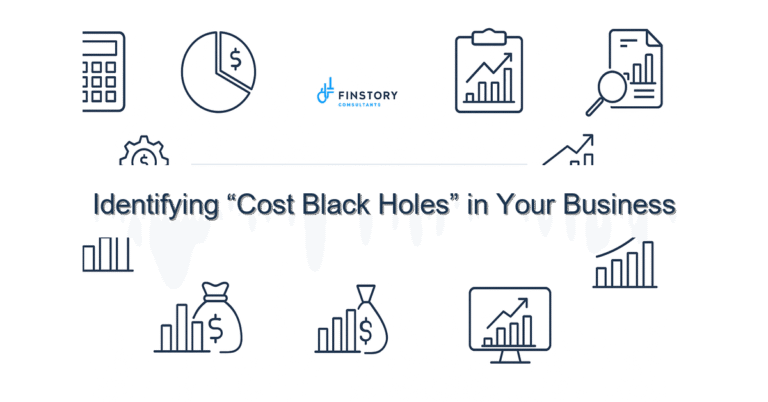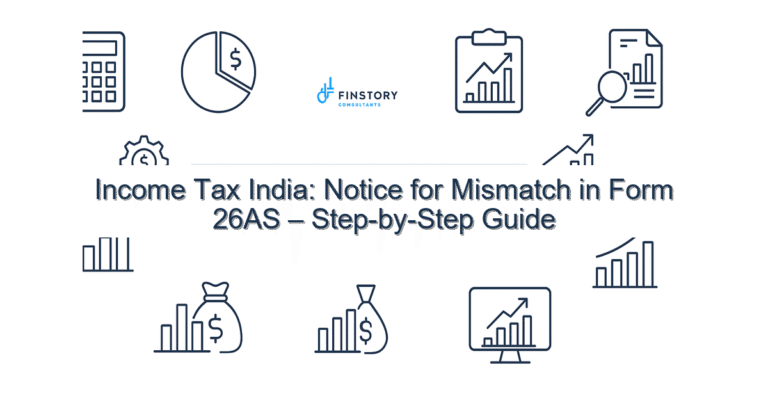Planning Financially for Hiring New Staff
You’re overwhelmed.
You’ve been juggling too much for too long, and the thought keeps coming back: “I need help.” Whether it’s customer service, operations, sales, or something else—you’re ready to hire. But can your business afford it? Not just today—but three, six, or twelve months from now?
That’s where smart financial planning comes in.
Why Hiring Isn’t Just About Salary
Most business owners think of hiring in terms of a monthly paycheck. But the real cost of a new employee is higher—and the ROI often takes time.
Financial planning for hiring means understanding:
- The true cost of bringing someone on
- How long they’ll take to become productive
- What impact they’ll have on cash flow and profitability
- How hiring now fits into your bigger growth strategy
Without that clarity, you risk hiring too early—or hesitating too long and burning out your team.
A Tale of Two Hires
The Prepared Hire
A boutique creative agency wanted to bring in a full-time project manager. Before posting the role, they ran the numbers: $70,000 base salary, plus another 20% in benefits, taxes, and software subscriptions. They projected it would take three months to fully onboard, and five months to start seeing client-facing ROI. They tied the hire to two upcoming retainer contracts and modeled it into their forecast. Result? Smooth ramp-up, stronger margins, and a much less stressed founder.
The Rushed Hire
Meanwhile, a fast-growing startup hired a second sales rep without doing much financial planning. They assumed new revenue would cover the cost—but hadn’t modeled in a 90-day ramp, slower Q2 sales, or the real cost of commissions. By month four, their cash cushion was gone. They had to pause marketing and reduce contractor hours just to make payroll. The hire eventually paid off—but not without avoidable strain.
How to Budget for a New Hire (Without Guessing)
1. Calculate Total Compensation
Go beyond base salary. Be sure to include:
- Payroll taxes (7–10% is typical in many locations)
- Health benefits or stipends
- Software licenses, equipment, and onboarding tools
- Bonuses, commissions, or profit-sharing if applicable
As a rule of thumb, assume 15–25% above base salary for the full cost.
2. Account for Ramp-Up Time
Most hires won’t be profitable on day one. Depending on the role, expect:
- 1–3 months of training and onboarding
- Time for systems access, workflow integration, and team collaboration
- Initial inefficiencies while they learn your processes
If this role will drive revenue, model when that revenue realistically kicks in.
3. Align with Business Milestones
Is demand already high—or are you hiring in anticipation of growth?
Hiring in response to demand is safer for cash flow. Hiring ahead of demand can accelerate growth—but only if your business can carry the cost during the ramp-up.
Tie hiring to real data: closed deals, pipeline growth, churn rate, or project backlog.
4. Model Worst-Case Scenarios
Ask yourself:
- What happens if sales dip next quarter?
- Can you still afford this role without cutting other costs?
- What’s the break-even timeline if things go slower than planned?
Stress-testing your hiring plan builds resilience into your strategy.
5. Build in Flexibility
If you’re unsure, consider:
- Part-time or contractor roles to start
- 90-day trial periods
- Staggered hiring across quarters
These options help you scale without locking in fixed costs too soon.
How a Virtual CFO Can Help
A Virtual CFO doesn’t just look at today’s balance sheet. They’ll help you:
- Forecast the total cost of your next hire
- Analyze ROI based on your business model
- Run multiple hiring scenarios
- Track how actual performance compares to your hiring plan
They bring objectivity and structure—so your hiring decisions are based on strategy, not stress.
Final Thought: Don’t Just Hire—Plan for It
Bringing on new talent can be one of the best moves for your business. But it’s even better when it’s done with confidence, backed by numbers, and aligned with your growth.
Before you post that job description, take a moment to ask:
What’s the financial story behind this hire—and are we ready for it?
If you’re unsure, start with the forecast. And if you need a second set of eyes, don’t be afraid to ask for help.






